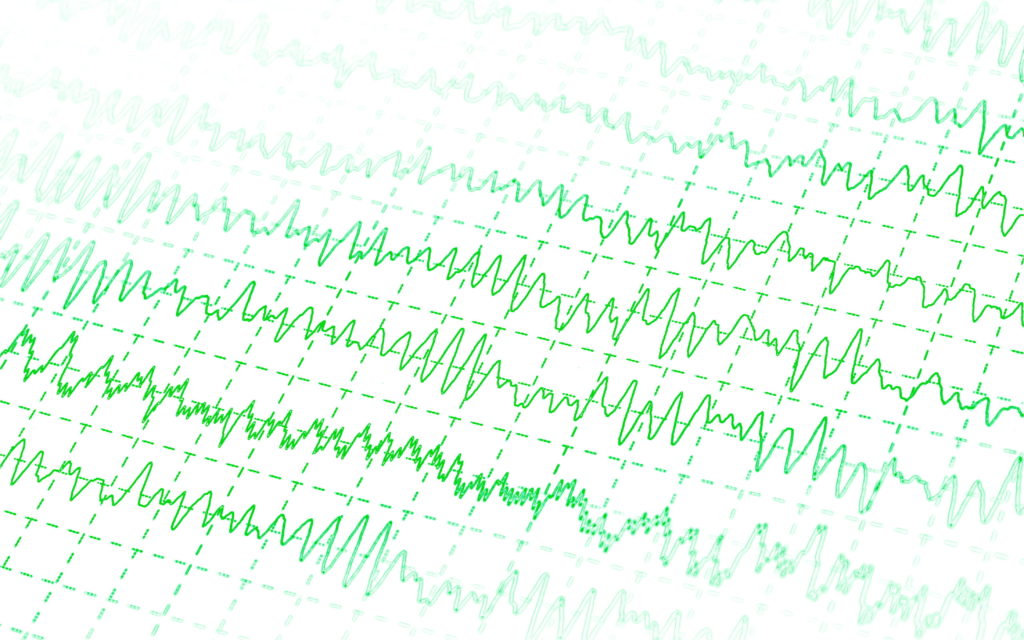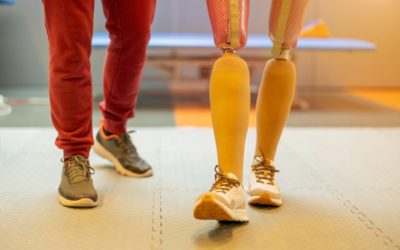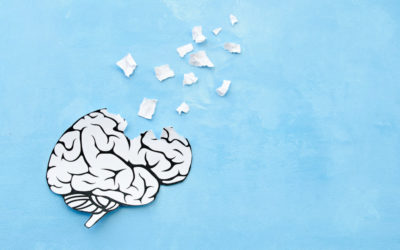Quick Hits
Daily brief research updates from the cognitive sciences

I outlined here how recent research has shown that the brains of highly creative individuals use different networks, and this also reminded me of separate piece of research from a few years ago that shows that creative brains have intriguing brain wave patterns.
In this study researchers around Caroline Di Bernardi Luft of the Queen Mary University of London found different brainwave patterns during creative thinking tasks in those who were more successful in these tasks.
What they found is that those who came up with more ideas in a creative thinking task “how many uses can you think of for a brick” or more distant relationships in associative chains e.g. cat > dog > animal > pet > human > people > family.
So what was happening in the brain?
Well first off it is known that when doing these tasks that obvious associations are the ones that jump to mind first. The brain is designed to build associations. In the case of the brick the most obvious is to build a wall or house. But creative people seem to suppress the obvious ideas searching and enabling more creative solutions.
And indeed, the researchers found that certain brainwaves, specifically alpha oscillations, in the right temporal area of the brain, increase when individuals need to suppress obvious or misleading associations in different creative tasks.
So, it seems that alpha brain waves in this part of the brain help creatives to suppress ideas. But is this just an association or does this actively help?
The researchers then looked to see if this was indeed causal. To do this they activated study participants brains while doing tasks with a technique called transcranial magnetic stimulation. This delivers a weak and safe electrical current to the brain and can stimulate various regions at various intensities.
And yes, when triggering alpha waves in the right temporal lobe participants could suppress the obvious ideas better.
So, one route to being creative is to suppress the obvious ideas that jump to mind. This is also triggered by brain waves patterns in the brain. But the good thing about this is that this can be actively trained though practising suppression or potential through neurofeedback techniques (structured brain wave training).
And that leaves me here trying to think of a non-obvious ending to this article.

Andy Habermacher
Andy is author of leading brains Review, Neuroleadership, and multiple other books. He has been intensively involved in writing and research into neuroleadership and is considered one of Europe’s leading experts. He is also a well-known public speaker speaking on the brain and human behaviour.
Andy is also a masters athlete (middle distance running) and competes regularly at international competitions (and holds a few national records in his age category).
Reference
Caroline Di Bernardi Luft, Ioanna Zioga, Nicholas M. Thompson, Michael J. Banissy, Joydeep Bhattacharya.
Right temporal alpha oscillations as a neural mechanism for inhibiting obvious associations.
Proceedings of the National Academy of Sciences, 2018; 201811465
DOI: 10.1073/pnas.1811465115
More Quick Hits
The Seven Habits to Reduce Dementia
We would all like to age well remaining cognitively active into older and old age. I have reported multiple times…
Mind Over Matter – Regaining Movement
This is the type of study and insight I like. Kind of amazingly simple but effective
Do We Lose Brain or Muscles First?
As we age things start to decline, we all know that – happens to the best of us…
Cravings for Fatty Food and the Gut-Brain Connection
Research hot off the presses is showing something interesting happening with our desire for fatty food….
How to Form Optimal Groups for Learning
There has been a long-standing debate and discussion in learning contexts for what is the best way to form groups for optimal learning when there are different abilities in those groups…
Extreme Temperatures Increase Hate Speech Online
I am sure we all know that feeling of getting more irritable when temperatures rise – well we now have evidence that…






